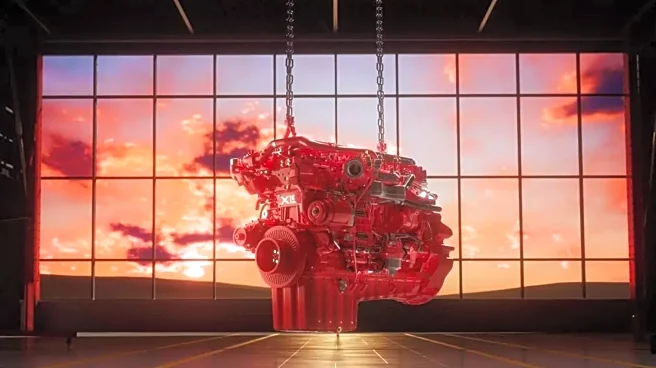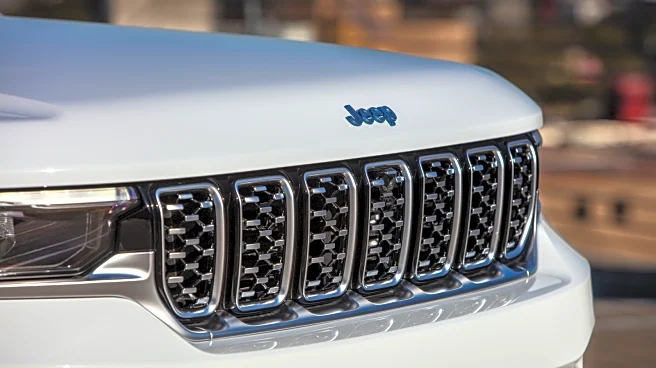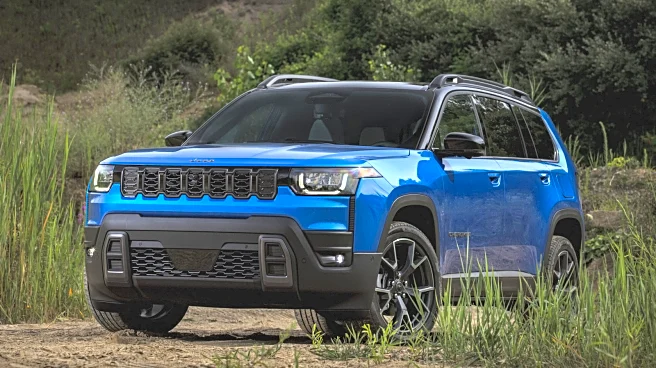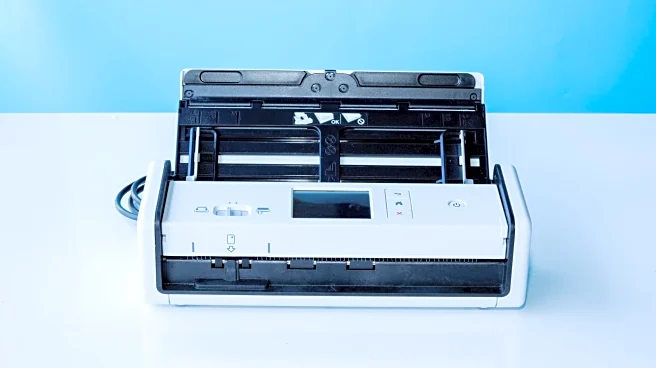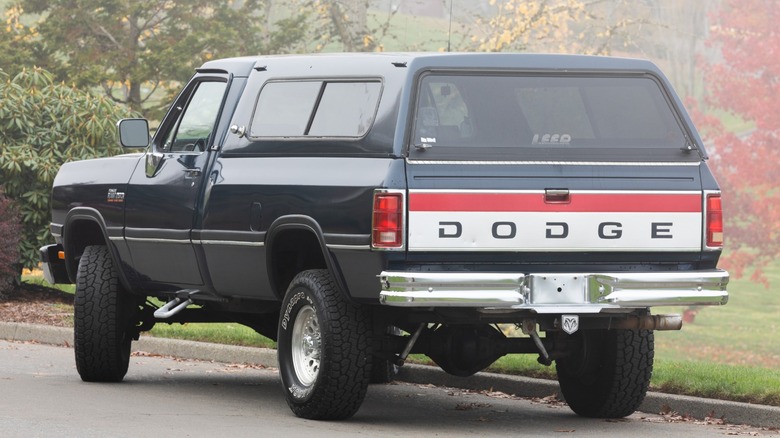
Buying a used vehicle is almost always a complicated and multifaceted experience. On one hand, searching for a new ride, and planning for all of the ways you'll use the car and personalize it can be immensely enjoyable. However, on the other hand, meeting sellers, inspecting, and test-driving a vehicle that's foreign to you, and haggling over prices can all be highly stressful activities.
Those steps can become even more stressful if you're an automotive novice or looking for a vehicle type that you're unfamiliar
with, like a high-performance sports car or a diesel truck. Shopping for diesel trucks, in particular, can be intimidating, due to the differences between gas and diesel engines and the fact that many people aren't experienced with diesel vehicles. Although gas and diesel engines share many similarities, diesels do come with a handful of different requirements, and some of your preconceived notions about shopping for a used vehicle may not apply when buying a diesel truck.
For example, it's common for people to warn shoppers about used cars with high mileage. However, what constitutes high mileage can differ, especially in the case of diesels. Gas engines are typically considered to have high mileage once they've logged between 75,000 and 100,000 miles. In comparison, diesel vehicles can last much longer, and it's not odd to see used diesel trucks with well over 200,000 miles. However, just because a used truck has a diesel engine doesn't mean that you should ignore the mileage. If you're wondering how to determine when a used diesel truck with over 200,000 miles could be a good deal, stick around. As a former professional mechanic who has performed innumerable pre-purchase inspections on gas and diesel vehicles, I'll shed some light on the matter.
Read more: Fans Say These Are The 5 Best Years For Cummins Diesel Engines
When You Have Evidence That The Truck Was Maintained Properly
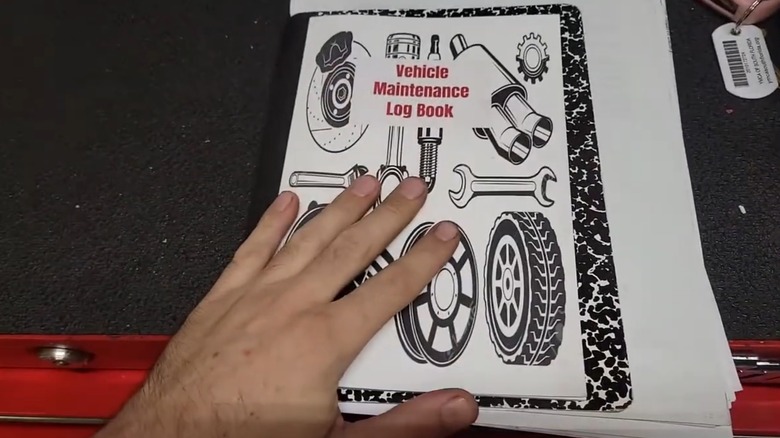
When it comes to shopping for a used diesel truck, mileage only tells one part of the story. While it's important to check the odometer, it's arguably even more critical to investigate the vehicle's maintenance history and past use. One of the first things you should ask the seller when checking out a used diesel truck is if you can see the maintenance records. These documents can provide you with a detailed look into the truck's past and help you understand whether the previous owner cared for the vehicle properly. Ideally, the seller will be able to provide you with comprehensive documentation from reputable repair shops or dealerships that demonstrates years of proper care and maintenance. These documents should include things like routine oil changes and other fluid services, brake replacements, belt services, suspension maintenance, and more.
Regular maintenance is one of the most efficient ways to keep a vehicle running smoothly, even with high mileage. If the owner cannot provide maintenance records, it's not an immediate sign that the truck is a bad deal. However, it could be a red flag, as you won't have any way to prove that the vehicle has been maintained properly.
In addition to asking to see maintenance records, it's also vital that you ask about the truck's past use. Not all mileage is the same, and there can be substantial differences in the condition of a truck that was used for extensive highway driving and one used as a daily driver or abused as a work vehicle. It's important that you take the truck's past into consideration and that you use that information along with maintenance records to gauge the vehicle's condition.
When The Truck Is In Overall Solid Condition And The Price Is Right
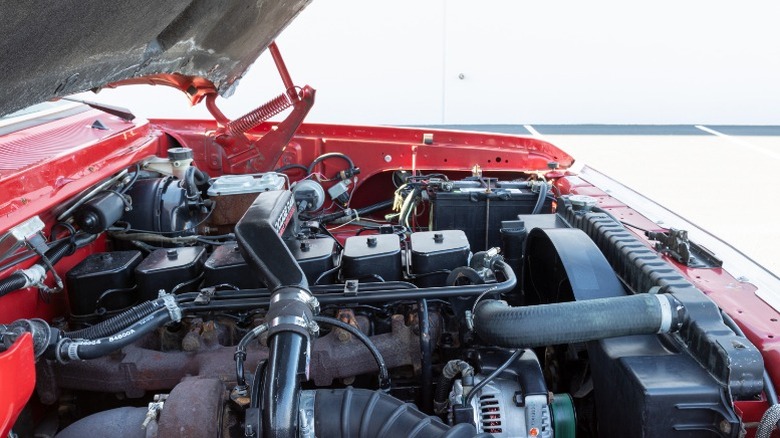
Once you've investigated a used diesel truck's maintenance records and past use, you can take that information and compare it to what you learn from performing a physical inspection of the vehicle. This inspection process is one of the most critical parts of buying any used vehicle. It allows you to get a first-hand look at the truck, and there are a number of things you should check.
You can start by inspecting the truck's interior, but don't spend too much time there, unless the cabin is in especially poor condition — a poorly maintained interior could be a strong sign that the previous owner didn't care for the vehicle properly, and it could be a major red flag. Next, pop the hood and check out the entire engine bay. Among the things you should inspect are the engine oil level and condition along with all other fluids, the belts, hoses, engine air filter, electrical connections, battery terminals, brake master cylinder and fluid lines, steering components, strut mounts, and more. From there, you can move on to checking the tires, brakes, body, and undercarriage. Look for signs of extensive rust and corrosion, as well as things like uneven tire wear, damaged brake components, and fluid leaks.
Finally, you should test drive the truck to see how it runs, shifts, and handles. Take everything you learned from the previous steps and compare it to the truck's overall condition and the seller's asking price. If all of those factors align, then the vehicle could be a great deal, even with 200,000 miles.
Want the latest in tech and auto trends? Subscribe to our free newsletter for the latest headlines, expert guides, and how-to tips, one email at a time.
Read the original article on SlashGear.
